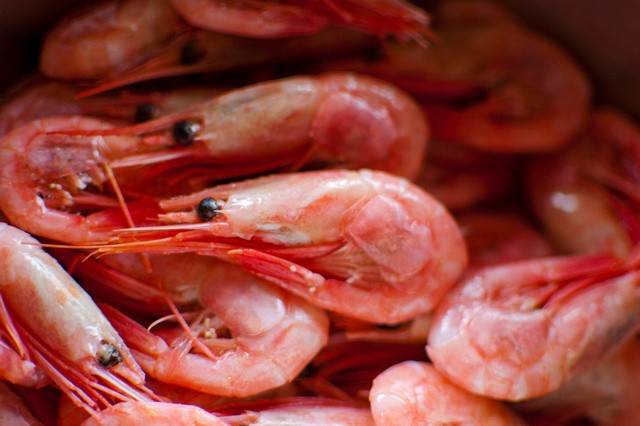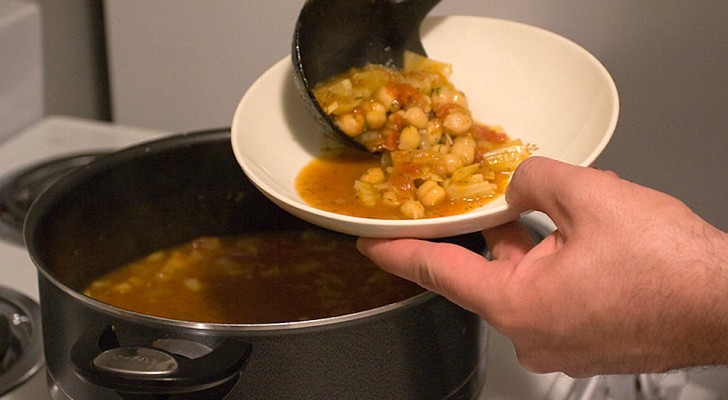Pay attention to the shrimps you eat! Here is why shrimps can be a health hazard

Aquaculture aka aquafarming, or the farming of aquatic organisms such as fish, mollusks, and crustaceans, is experiencing a moment of strong growth, to such an extent that low-intensity farms have been almost completely replaced by a gigantic aquafarming industry.
These highly intensive aquafarming structures, however, are definitely harmful to the organisms that grow there and that is why we have to be very careful when we decide to buy and consume shrimps, for example.
Shrimps are the most requested and sold crustaceans on the seafood market, which is why the aquaculture industry has increased its production to meet the high demand.
via healthycorner

Intensive aquafarming production in confined spaces involves many difficulties with regard to the preservation of a healthy growing environment.
Food & Water Watch claims that shrimps raised in these crowded spaces are not healthy shrimp. "With millions of shrimps crowded in growing ponds or tanks, many diseases can be triggered and in some cases, they can be serious enough to kill the contents of whole ponds or tanks --- and even the entire shrimp industry in a country!"
Clearly, a low-density shrimp farm produces less than a high-intensity one. In fact, from 1100 lb to 1100 lb (500 to 5,000 kg) per 32,808 sq. ft (10,000 m²) per year, while super-intensive shrimp farming can produce up to 220,462 lb (100,000 kg) per 32,808 sq ft (10,000 m²) per year.
The numbers speak for themselves, but intensive shrimp production, besides being only sustainable in a single growing tank or pond for up to seven years, is certainly heavily contaminated with pesticides, antibiotics, and drug-resistant pathogens.
Moreover, shrimp producers often use large quantities of chemicals to kill fish, shellfish, fungi, plants, insects, and pests in their production ponds and tanks.
Consequently, some chemicals remain in the shrimps produced, which are then served, without too many scruples, to consumers, potentially causing a harmful impact on human health.
Considering that 90% of the shrimps consumed in the United States are imported from Thailand, Indonesia, and Ecuador, and are derived from intensive seafood farming, we are sure that the level of contamination is very high, so much so that we advise you to always carefully read the food labels that indicate the origins of the food you buy.





